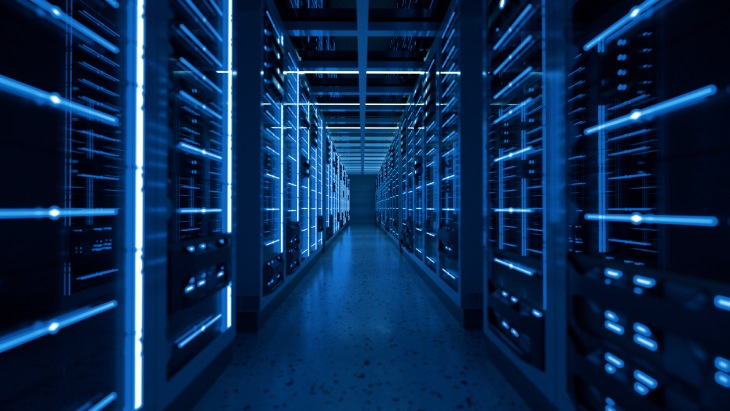
Data center energy consumption has been a hot topic especially with global climate change occurring right before our eyes. With the continuous uptick in data consumption in recent years, the current trend of data center energy consumption is approximately 2% of total US electricity use.* Many data center operators are looking for non-conventional solutions to reduce their data center energy use and one such option is immersion cooling technology
Read on to learn how immersion cooling can reduce data center’s energy consumption, eliminate costs, and create a sustainable data center.
What is Immersion Cooling?
Immersion cooling refers to the practice of submerging servers and electronic components in a nonconductive fluid such as dielectric liquid. With immersion cooling, the heat generated from the heat source is transferred directly to the fluid thus eliminating fans and heat exchangers.
Types of Immersion Cooling
There are two types of immersion cooling: Single-phase immersion cooling and second-phase immersion cooling. While both types involve submerging servers into a bath of non-conductive liquid, single-phase immersion coolant remains in the liquid state throughout the entire cooling process and never boils or freezes with little evaporation. Second-phase immersion cooling keeps a low boiling point of the fluid and the heat from the systems dissipates along with the natural process of evaporation.
5 Reasons to Consider Immersion Cooling For Your Data Center
We explore the six reasons you should make immersion cooling as a strategy for a more sustainable data center.
Energy Efficiency
Since chillers, CRAC and server fans are not required in an immersion cooled data center versus an air-cooled data center, all this energy cost can be eliminated because approximately 40% of the electricity is spent on cooling in a traditional data center setting.
Stability
Since the immersion fluid cycles constantly, heat is rapidly removed from hot components. This means that your hardware experiences less stress and damage from temperature fluctuations. By reducing wear-and-tear, you increase the overall stability of your data center, not to mention eliminating the need to constantly replace your hardware.
Hardware Lifespan
Traditional air-cooled data centers are situated in relatively clean rooms, however there will still be accumulation of dust and dirt which can eventually cause hardware issues. With liquid immersion, servers are protected in fluid and in addition to a temperature stable environment which prolongs hardware lifespan by up to 30%.
Capital Savings
In all considerations, the savings from cooling energy operating cost and extended hardware life alone can be 15% or more. This is not including added capital savings from data center infrastructure cost with immersion cooled strategy.
Noise-free Operation
For anyone who has spent time in a data center, the idea of a noiseless data center is an added benefit. When you adopt immersion cooling at your data center as compared to air-cooled data centers, where the combination of the servers and air conditioners can create noises over 80dB. Noises above 70dB over a prolonged period of time may damage hearing.
Conclusion
Today’s data centers are not viable for tomorrow’s needs. As data usage continues to rise, it is time to consider adopting an immersion cooling strategy for your data center. The annual market growth for immersion cooling is expected to grow at 22.6%* and that is a strong indicator of global adaptation of the technology and inclination for data center service providers to run a more sustainable operation.
Want a closer look at the next generation of sustainable server technology in person? Book a tour today.
*Energy consumption data from U.S. Department of Energy
*Industry analysis: Immersion-cooling-market from Grand View Research